|
Fabric |
Single Jersey |
|
Also Known As |
Plain knit fabric, weft-knit fabric |
|
Manufacturing Process |
Weft circular knitting using latch needles |
|
Appearance |
Smooth technical face, looped technical back |
|
GSM Range |
100-220 GSM |
|
Composition Range |
100% cotton, polyester blends (60/40, 50/50), 100% polyester |
|
Construction Range |
Single-layered, interlocking loops in weft direction |
|
Count Variations |
Common yarn counts: 30/1, 24/1, 20/1 |
|
Fabric Breathability |
High due to open structure |
|
Moisture-Wicking Abilities |
Moderate, depending on fiber composition |
|
Heat Retention Abilities |
Low to moderate, suitable for warm-weather apparel |
|
Stretchability |
High in width direction; moderate in length direction |
|
Prone to Pilling/Bubbling |
Moderate, especially in polyester blends |
|
Country of Origin |
Jersey, Channel Islands (Historical development in the 16th century) |
|
Biggest Exporter Country |
China (Export Quantity: Over 5 billion meters annually) |
|
Recommended Washing Temperatures |
30–40°C (86–104°F) |
|
Applications |
T-shirts, dresses, sportswear, loungewear, baby clothing, undergarments |
Single jersey fabric is a basic weft knit fabric produced in a circular knitting machine, where produced by one set of needles. Its technical face and technical back are different. The front side (technical face) shows vertical loops or “V” shapes. The back side (technical back) has a textured, uneven surface with a series of horizontal ridges “U” shape. It is the main difference between single jersey and interlock fabric. Additionally one of the key characteristics to identify a single jersey is it has a curling tendency in the edge.
Single jersey fabric is versatile, lightweight, and comfortable. It is widely popular for T-shirts, Polo shirts, and undergarments.
Table Of Contents
Types of Single Jersey Fabric
Single jersey fabric has different types on the basis of material and texture. Each catering to specific needs and applications.
-
Cotton Single Jersey
-
Made from pure cotton yarn, ideal for summer wear.
-
Soft and breathable.
-
-
Blended Single Jersey (65/35, 60/40, 50/50, etc)
-
A mix of fibers like cotton and polyester - CVC or, polyester and cotton TC.
-
Durable and resistant to shrinkage.
-
-
100% Polyester like cotton Single Jersey
-
Durable and wrinkle-resistant.
-
Retains color and shape after multiple washes.
-
Dries quickly.
-
-
Spandex Single Jersey
-
Includes spandex for added stretch.
-
Perfect for activewear and fitted garments.
-
-
Slub Single Jersey
-
Cotton or blended slub yarns with irregular textures.
-
Unique textured appearance. Soft and breathable.
-
Adds a trendy and casual vibe to garments.
-
-
Viscose Single Jersey
-
100% viscose or viscose blends.
-
Smooth and silky texture.
-
Excellent drape. Lightweight and breathable.
-
-
Melange Single Jersey
-
Blended fibers, often with a heathered appearance.
-
Stylish and unique color variations.
-
Soft and durable which is Ideal for casual and athleisure wear.
-
How Single Jersey Fabric is Made?
A circular knitting machine uses a series of needles arranged on a cylindrical needle bed. The machine operates by continuously feeding yarn into the needles, which then form loops to create the fabric. This technique forms a lightweight fabric with a distinctive smooth front and a looped back.
Step-by-Step Single Jersey Manufacturing Process
- Yarn Feeding: Yarn is fed into the machine through multiple feeders positioned around the cylinder. Each feeder supplies yarn to a specific section of the needles.
- Needle Movement: The cams raise and lower the needles in a controlled sequence. The needles rise to catch the yarn and form a new loop. The old loop is pushed off the needle (knocking-over) as the new loop is formed.
- Loop Formation: Each needle creates a single loop from the yarn fed to it. These loops interlock horizontally (weft direction) to form the fabric. That’s why it’s called weft knitting.
- Fabric Production: The interlocking loops create the knit stitches on the fabric’s technical face and the purl stitches on the technical back. The fabric is continuously drawn downward by the take-down rollers.
- Continuous Operation: The machine rotates continuously, producing fabric in a tubular form.
The circular knitting process ensures high production efficiency. It makes single jersey a cost-effective and popular option.
Characteristics
Single jersey fabric stands out because of its:
- GSM Range: Typically between 120 and 220 GSM, ideal for lightweight garments.
- Stretchability: Moderate stretch due to its knitting structure.
- Softness: Comfortable against the skin.
- Breathability: Allows air circulation, perfect for warm weather.
While it has many advantages, it curls at the edges due to its single-layer structure.
People are often confused between a single jersey and a double jersey. In the next blog, I will try to cover the double jerseys. For now, here is a brief comparison between single jersey vs double jersey fabric.
Comparison: Single Jersey vs Double Jersey Fabric
|
Feature |
Single Jersey |
Double Jersey |
|
Structure |
One set of needles |
Two sets of needles |
|
Weight |
Lightweight |
Heavier |
|
Stretchability |
Moderate |
Higher |
|
Appearance |
Smooth front, looped back |
Smooth on both sides |
|
Applications |
T-shirts, dresses, undergarments |
Jackets, sweaters, heavier garments |
Advantages
- Comfortable: Soft texture makes it great for everyday wear.
- Breathable: Keeps the body cool and comfortable.
- Lightweight: Ideal for layering or standalone garments.
- Cost-Effective: Easy to produce, resulting in affordable prices.
Applications
Single jersey fabric is versatile and commonly used in:
- T-Shirts: Lightweight and breathable, perfect for casual wear.
- Dresses: Flowy and comfortable for summer.
- Activewear: Stretchable for activities like yoga or running.
- Undergarments: Soft and gentle against the skin.
Care Instructions for Single Jersey Fabric
- Wash in cold or lukewarm water to prevent shrinkage.
- Use a gentle detergent for delicate fibers.
- Avoid high heat when drying to maintain its structure.
- Store folded to avoid curling at the edges.
Common FAQs
1. What is single jersey fabric made of?
It is made from fibers like cotton, polyester, or blends.
2. Why does single jersey fabric curl at the edges?
Its single-layer knitting structure causes curling.
3. Is single jersey fabric good for summer?
Yes, it is breathable and lightweight, making it ideal for warm weather.
4. Can single jersey fabric stretch?
It has moderate stretch, but lycra-enhanced variants offer more flexibility.
5. What is the difference between single and double jersey fabric?
Single jersey is lightweight with a smooth front, while double jersey is heavier and smooth on both sides.



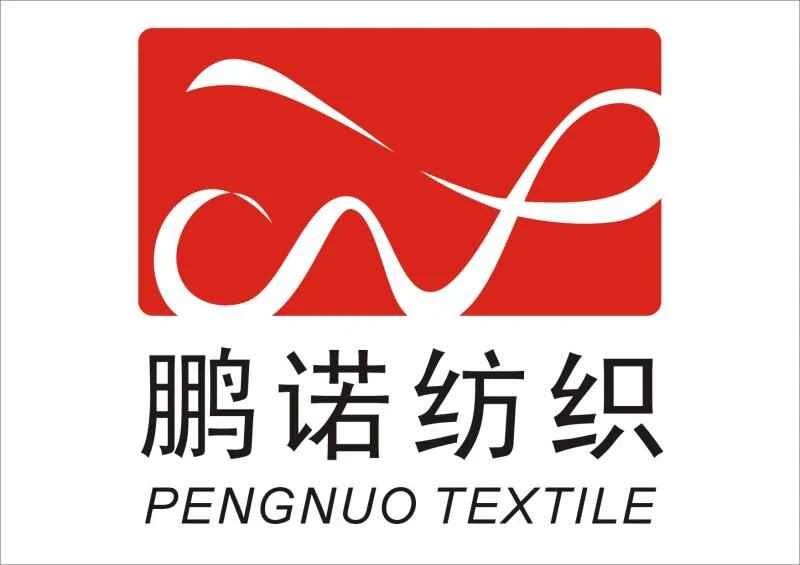

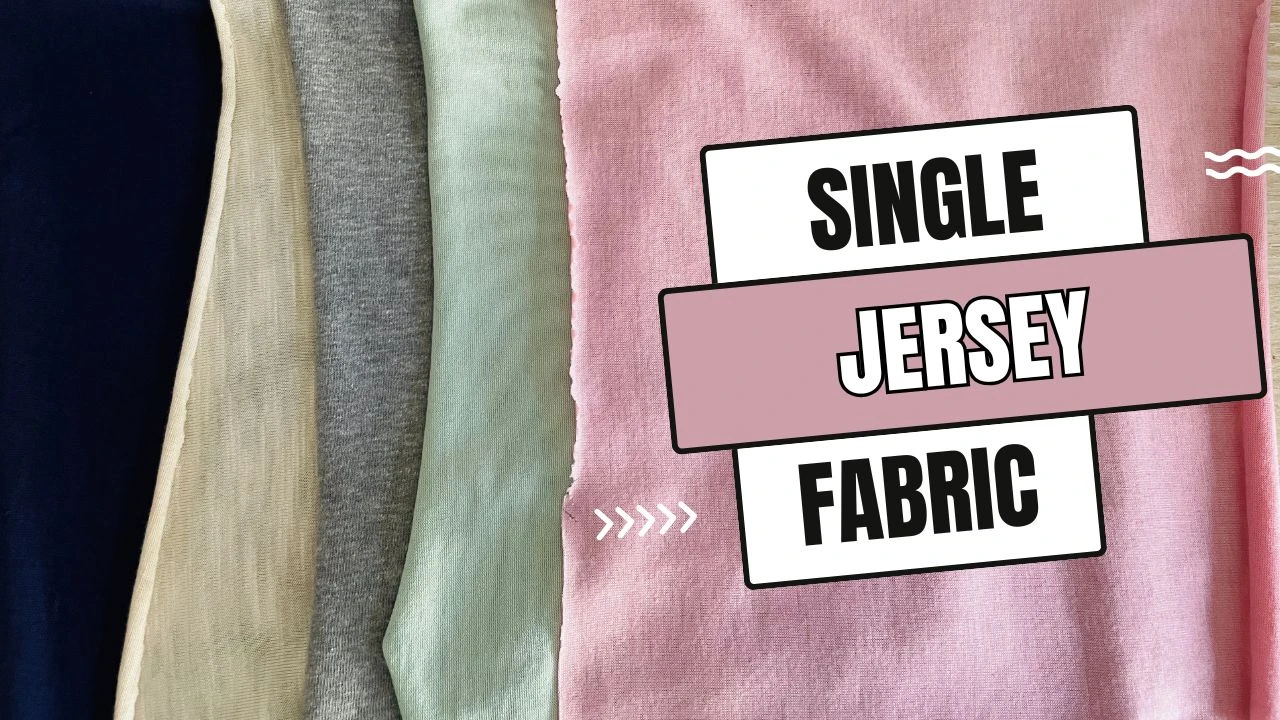
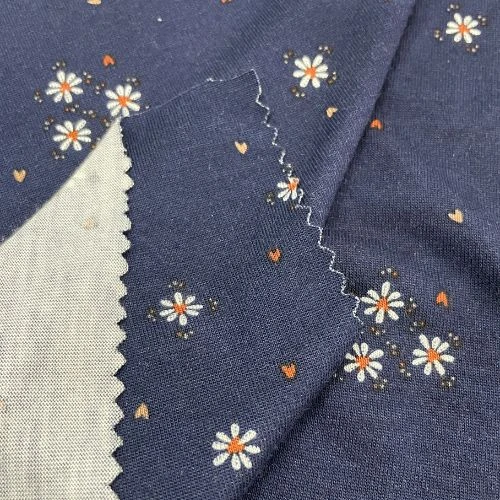
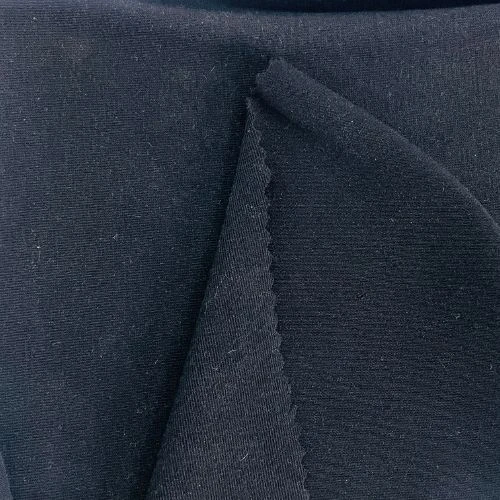
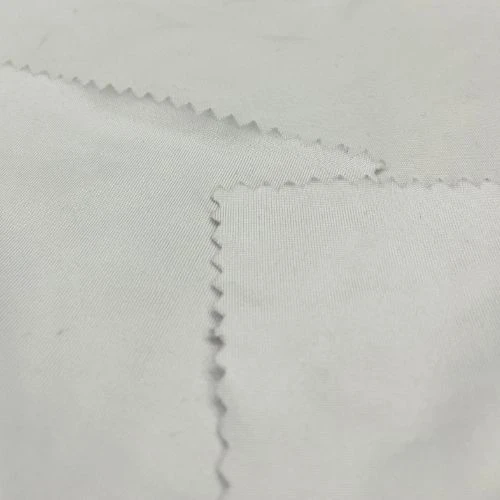
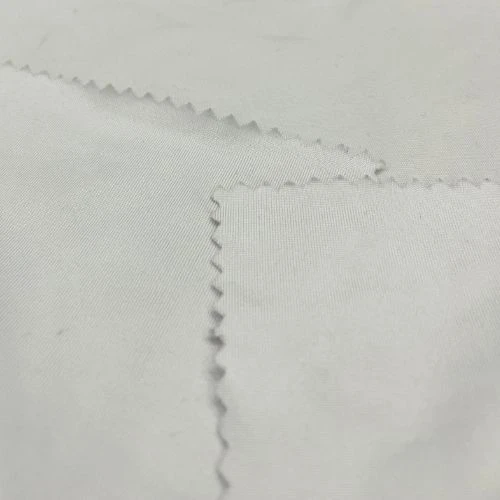
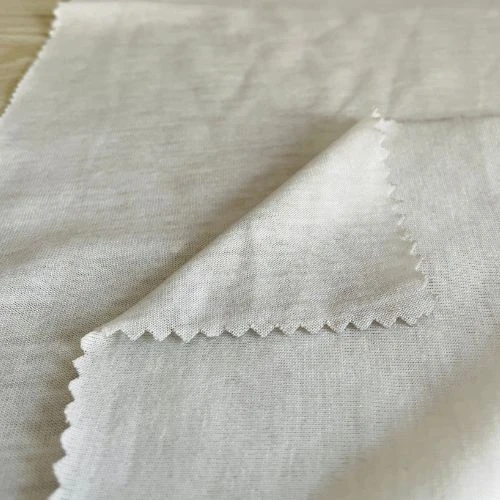
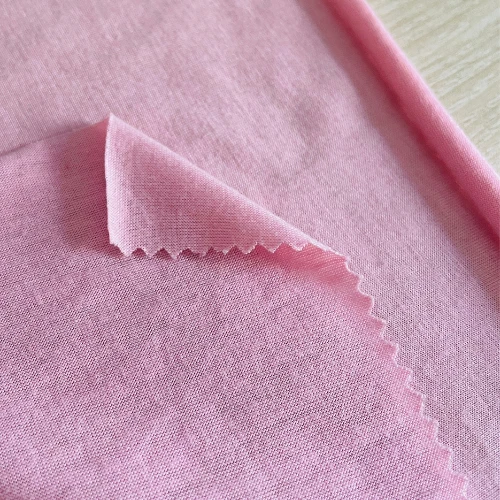
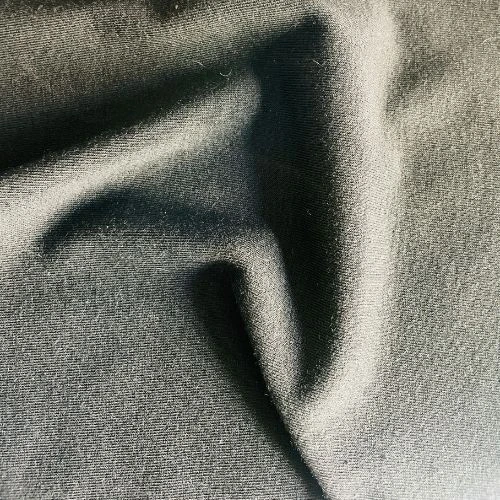
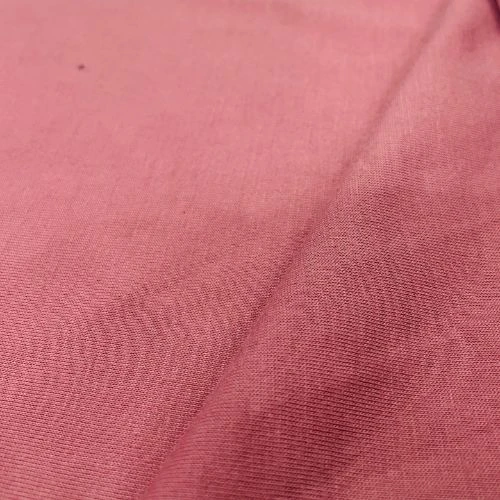
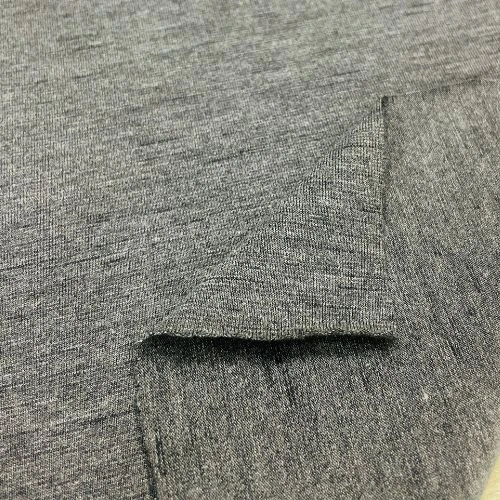
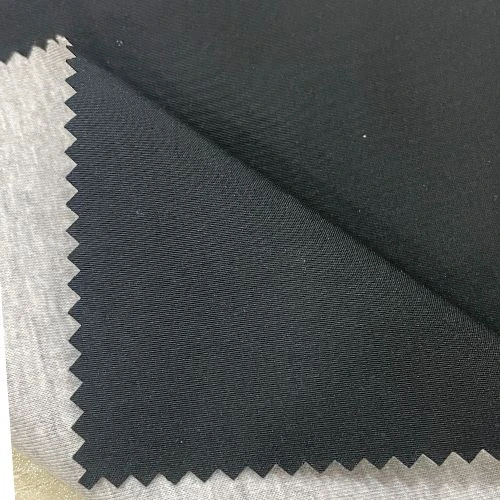
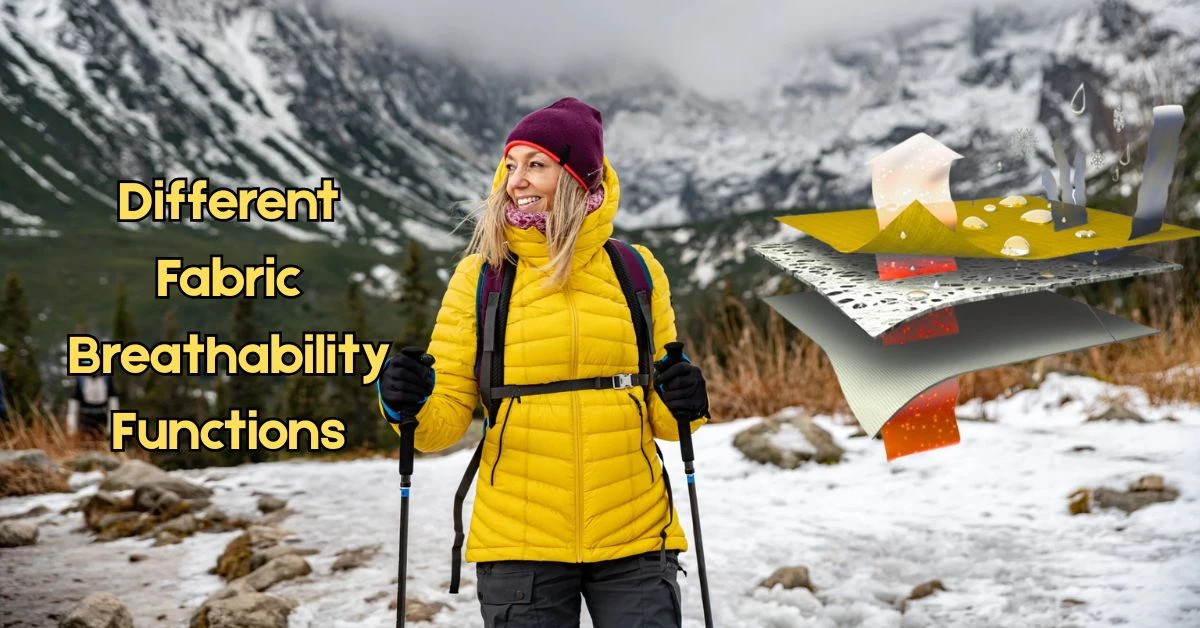
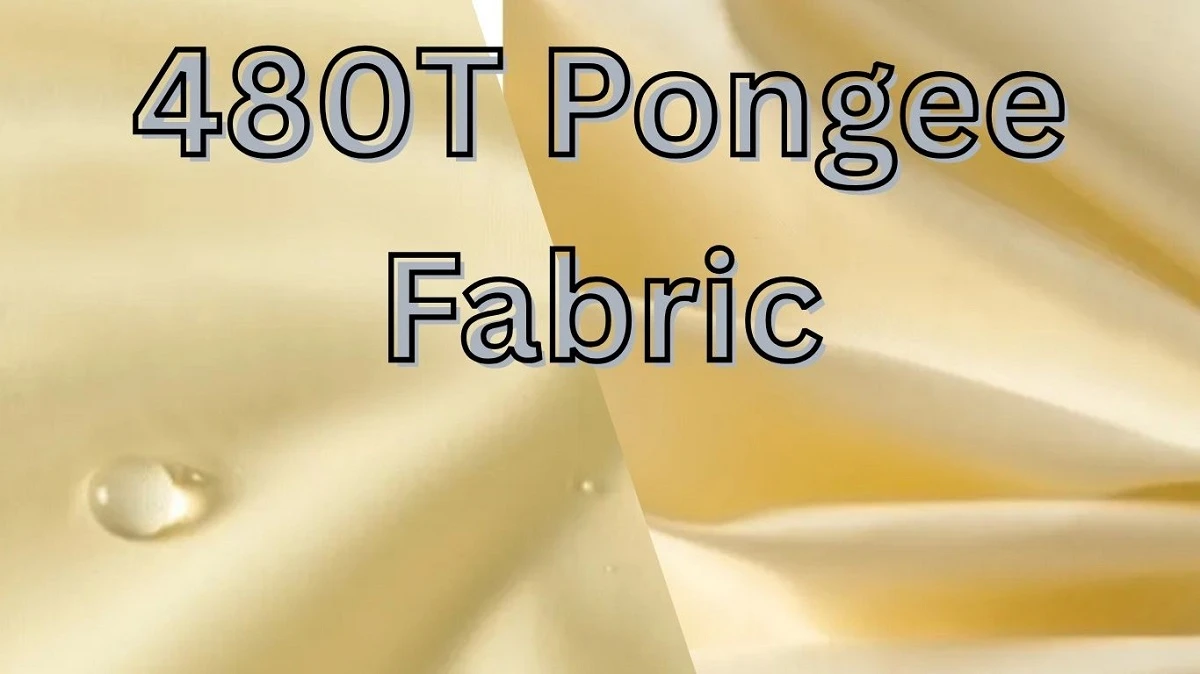
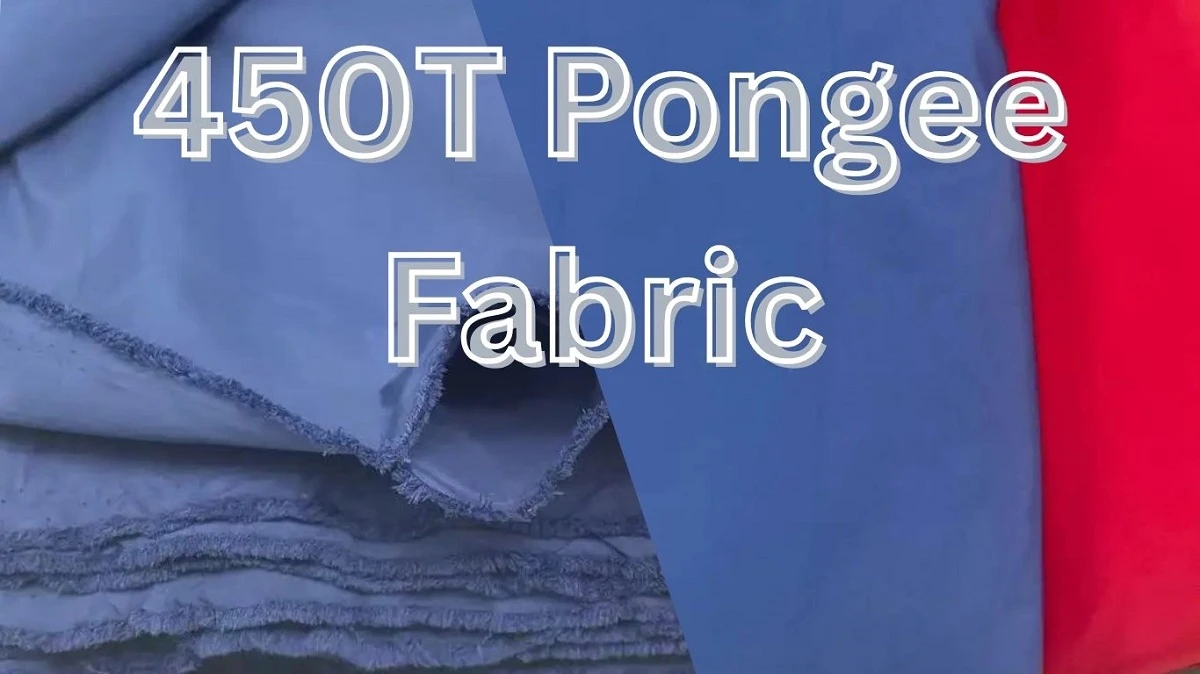
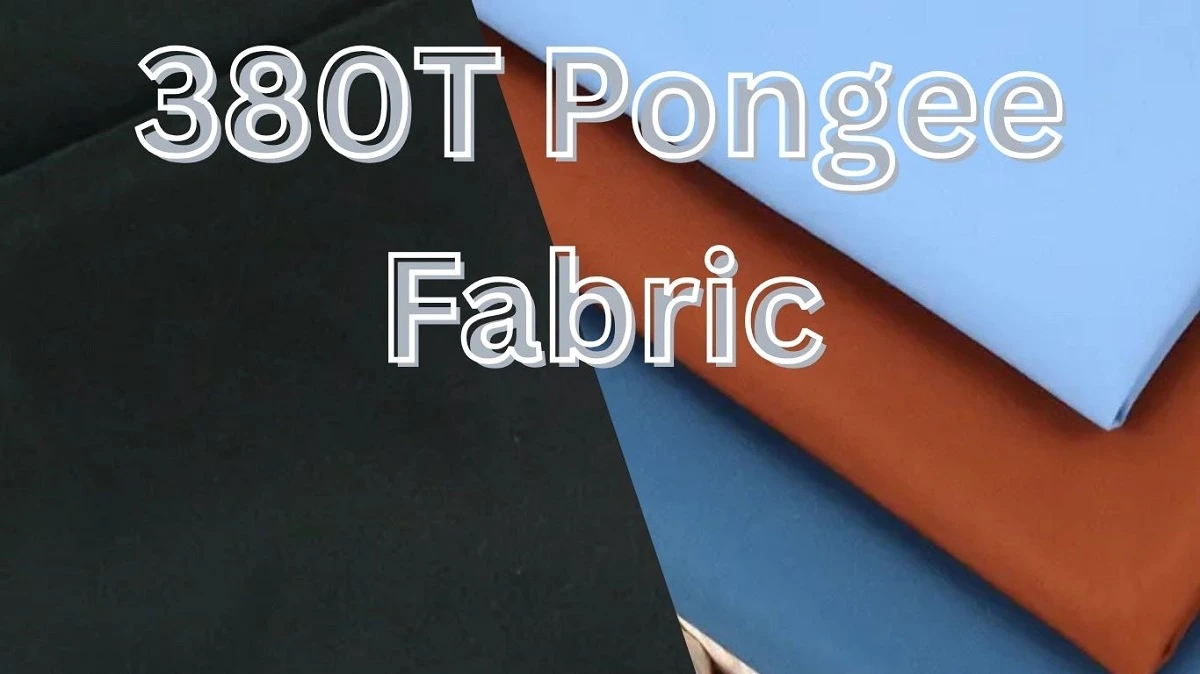
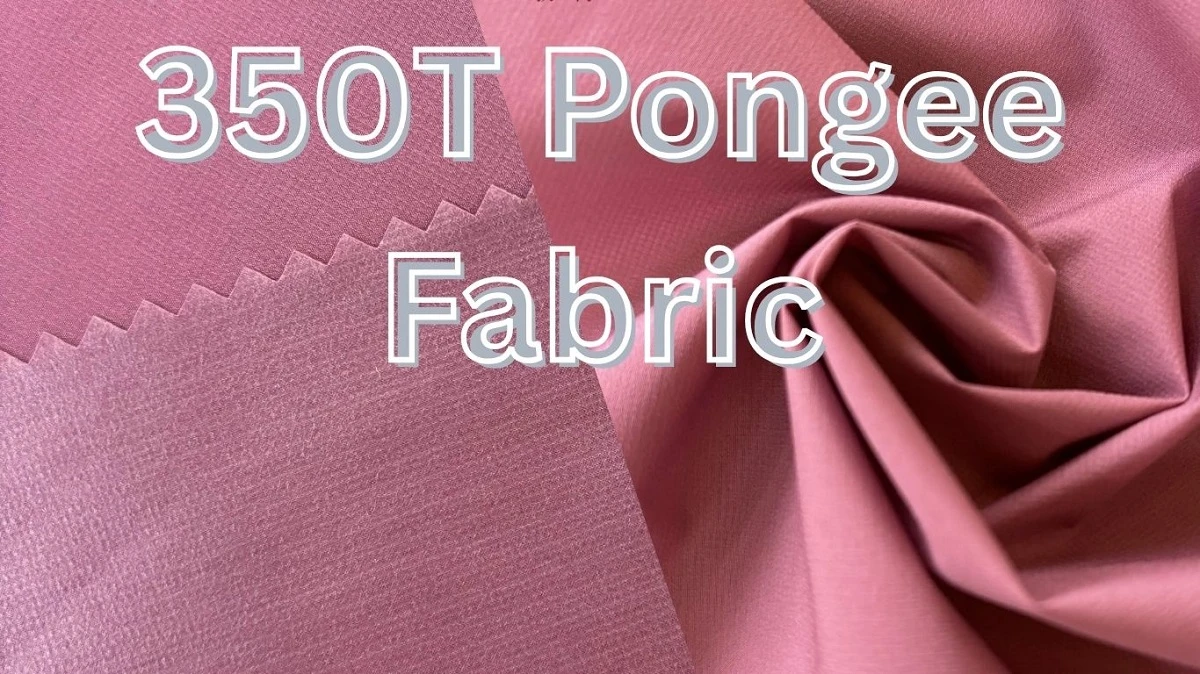
Comments - 00
Leave A Reply
Thanks for choosing to leave a comment.